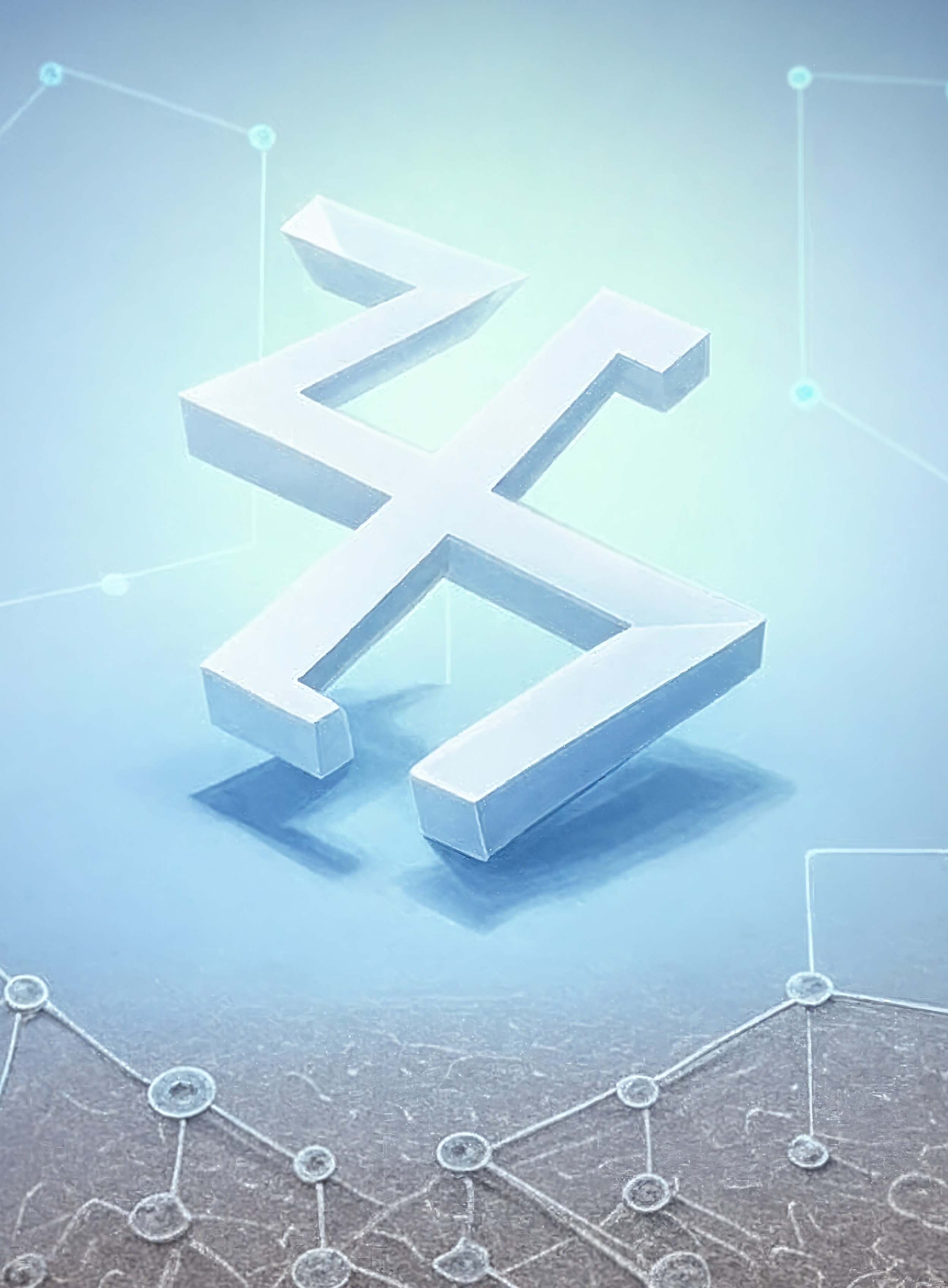
AI Prompts for Smooth Post-Vacation Work Returns
Coming back from a vacation often feels like stepping off a quiet trail into a rushing stream. The mind lingers on those unhurried days, while emails pile up and deadlines loom. Yet, what if a simple tool could bridge that gap? Recent developments in AI offer prompts that generate tailored transition plans, turning potential chaos into a structured path forward. These aren't just checklists; they address the emotional pull of re-entry, drawing on deeper principles of human energy and focus.
The Challenge of Re-Entering Work
Transitions expose how fragile our routines can be. After time off, many face a jolt: the inbox overflows, meetings stack up, and the vacation glow fades under fluorescent lights. Research shows this isn't trivial. Burnout risks spike when people dive back in without preparation, leading to diminished productivity and well-being. AI prompts tackle this by creating personalized strategies, factoring in your role, the reason for your break, and even your energy patterns.
Consider the core elements. A basic prompt might outline a pre-return checklist: review key projects, set priorities, and prepare mentally. An enhanced version goes further, offering hour-by-hour plans for the first day, week-long roadmaps, and templates for communicating boundaries to colleagues. This approach builds gradually, acknowledging that full speed from day one often backfires. It's about sustainability, not just survival.
How AI Personalizes the Transition
At its heart, effective AI use comes down to crafting the right inputs. Prompt engineering has surged as a skill, with demand for specialists rising across industries like tech, healthcare, and finance. These experts design queries that yield precise outputs, much like the prompts for work transitions. For instance, feeding an AI details about your job—say, a developer in fintech—produces a plan that includes debugging sessions balanced with breaks, or even scripts for updating teams on blockchain projects.
This personalization draws from broader AI trends. Tools like Microsoft 365 Copilot and Google Gemini integrate into workflows, automating routine tasks while enhancing human elements. In cloud infrastructure, where uptime is critical, an AI prompt might suggest phased re-engagement to avoid errors from rushed decisions. Data indicates AI literacy skills have grown 177% since 2023, and workers with these skills earn 56% more. Mastering prompts isn't a luxury; it's a way to navigate jobs evolving 66% faster due to AI.
Think about energy management. Traditional advice often ignores the emotional side, but these prompts include guidelines for setting boundaries and handling feelings of disconnection. They promote practices like gradual task ramp-up, which aligns with expert views from McKinsey on building AI competence through collaborative problem-solving. In fintech and Web3, where innovation moves quickly, such tools help maintain focus without sacrificing the restorative benefits of time off.
Broader Implications for Workplaces
AI's Role in Preventing Burnout
Burnout isn't just personal; it ripples through organizations. AI prompts address this by emphasizing emotional well-being and realistic expectations. Unlike generic productivity hacks, they tailor to individual contexts—perhaps advising a cloud engineer to prioritize infrastructure audits over immediate deployments after a long break. This prevents the common pitfall of overcommitting, which experts link to higher turnover.
Industry trends reinforce this. Revenue in AI-adopting sectors has nearly quadrupled since 2022, driven by tools that augment human skills. In fintech, AI helps manage complex transactions, but without balanced re-entry, employees risk errors. Prompt specialists, trained through programs like those from DSDT, are emerging to refine these tools, making them accessible without advanced degrees and broadening participation in AI-driven roles.
Evolving Skills and Career Paths
The rise of AI prompt engineering opens new doors. Searches for tools like ChatGPT have surged over 7000% in recent years, reflecting explosive adoption. Employees using generative AI for 30% of tasks outpace executive expectations, highlighting a grassroots shift. For transitions, this means prompts that incorporate learning paths, such as Disco's AI tutors for upskilling in cloud computing or Web3 protocols.
Experts from PwC note that AI-exposed jobs demand skills in problem framing and decision-making. A post-vacation prompt might include modules for rebuilding these, like simulated scenarios for fintech risk assessment. This integration with learning tech fosters adaptability, turning potential disruption into opportunity.
Future Outlook and Recommendations
Looking ahead, next-generation models like GPT-5 promise greater accuracy, making personalized prompts even more reliable for work transitions. AI will automate more routines, freeing humans for creative work, but only if we handle transitions well. Organizations should invest in AI competence, including training on prompt crafting, to capture productivity gains and support well-being.
For individuals, start simple: experiment with core prompts to outline your first week back. Build from there, incorporating energy tracking and boundary templates. In sectors like cloud infrastructure or fintech, tie plans to specific tools—use Copilot for scheduling or Gemini for idea generation. The key is viewing AI not as a crutch, but as a partner in sustaining momentum.
Predictions suggest AI prompts will become standard for all transitions, from onboarding to post-leave reboarding. As workplaces evolve, those who master these tools will thrive, maintaining balance amid rapid change.
Key Takeaways
Returning to work after vacation demands more than willpower; it requires structure. AI prompts offer personalized paths that prevent burnout and build sustainable habits. By integrating emotional awareness and boundary-setting, they align with 2025's AI-driven transformations. Embrace prompt engineering as a core skill—it's the bridge between rest and productivity. In fintech, Web3, and beyond, these tools aren't just aids; they're essential for navigating the future of work.
Comments
Read more

XRP's $2.40 Buildout Signals Potential Rally
Explore XRP's consolidation near $2.40, whale impacts, and altcoin shifts. Deep analysis on market trends and future predictions in fintech and Web3.

NVIDIA Spectrum-X Boosts Meta and Oracle AI Centers
Explore how NVIDIA's Spectrum-X Ethernet switches are transforming AI data centers for Meta and Oracle, enhancing efficiency and scalability for massive AI models.

Samsung's Thread Unification Transforms Smart Homes
Explore how Samsung SmartThings' Thread 1.4 update unifies networks, boosting interoperability and reliability in smart homes for a seamless future.